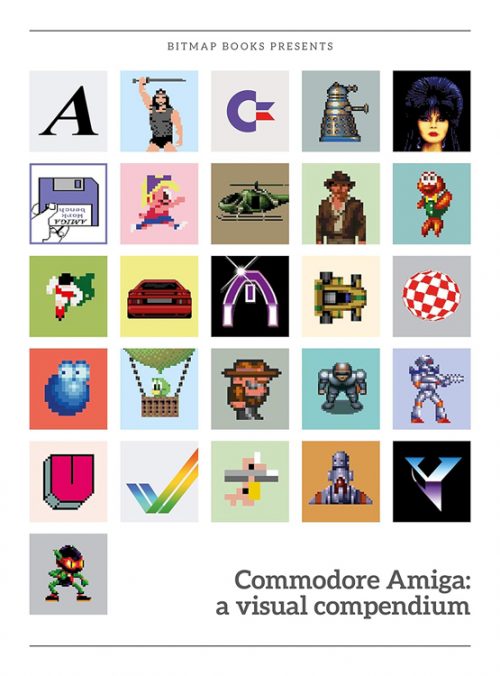Description
Featuring more than 170 tips & tricks for shorter code and faster programs, this compendium is an indispensable guide for programming enthusiasts and retro computing addicts. The book offers numerous hands-on examples with explanatory graphics and speed comparisons to make complex one-liners easy to understand.
Both beginners and professionals will find many tips and tricks in this amazing compilation to put the finishing touches to their programs.
Highlights of FOR BASIC TO ONE-LINERS:
- Over 170 tips & tricks for shorter code and faster programs in BASIC
- Basics of BASIC and exercises in BASIC to suit readers of all levels of experience
- User-friendly benchmark comparisons, screenshots and graphics
- More than 300 BASIC commands (POKEs, PEEKs, SYSs, WAITs and CHR$s) with explanations
- Useful appendices with tables and overviews of BASIC abbreviations, screen codes and PETSCII codes of the C64
The book is aimed specifically at programmers on the Commodore 64, but is also suitable for users of 8-bit computers of other brands such as Acorn, Atari, Amstrad, Apple, BBC, Dragon, MSX, NEC, Schneider, Sinclair, Robotron, Tandy or Texas Instruments.
The tutorials can be executed with various BASIC interpreters such as Color, Exos, Extended Color, GFA, GW, HC, IBM Cassette, Integer, Level I & II, MS, N88, Oric, RC or Vision.
Chapters
- basics of BASIC
- BASIC memory
- BASIC abbreviations & tokens
- time measurement
- tips for beginners
- saving characters
- tips and tricks
- speed
- best of one-liners
- curiosities
- overview of PEEKs, POKEs, SYSs, WAITs & CHR$s
- screen codes of the C64
- PETSCII codes of the C64
- command overview of BASIC dialects
About the authors
Holger Weßling, born in 1965, is an accomplished author and former employee of the renowned Data Becker publishing house. After a creative break of several years, he has returned to the world of writing and has become well known for his specialised books about the THEC64 and THEA500 and for the official guide to Impossible Mission.
Martin Roscher is a teaching computer science professor and well-known BASIC programmer. In “FOR BASIC TO ONE-LINERS” he shares his in-depth knowledge to help programmers get the most out of 8-bit programming.
















me.mark –
A great wealth of technical information for the (majority) of C64 Basic coding enthusiasts. The title explains the book’s focus – “one liner” – programming, which is a niche area of coding. There is so much detailed analysis of how to squeeze more “run cycles” out of the old C64’s processing of Basic. It’s a real gem, just to read about which commands or ways of presenting a standard line of code, can return a faster response from the system. There are “timing” tests on all the examples, and they seem to accurately relate to my tests of the same code sequences. The reading format is a bit hard at first, due to the “one liner” outcome it’s been written for, there are many short and sharp specialised segments of information throughout. Use the index and find some command or topic you’re interested in. Check out the specialised system “pokes” (list) in the back of the book, and throughout, for some really handy next level helping functions for the Basic programmer.
Verifizierter Kauf. Mehr Informationen